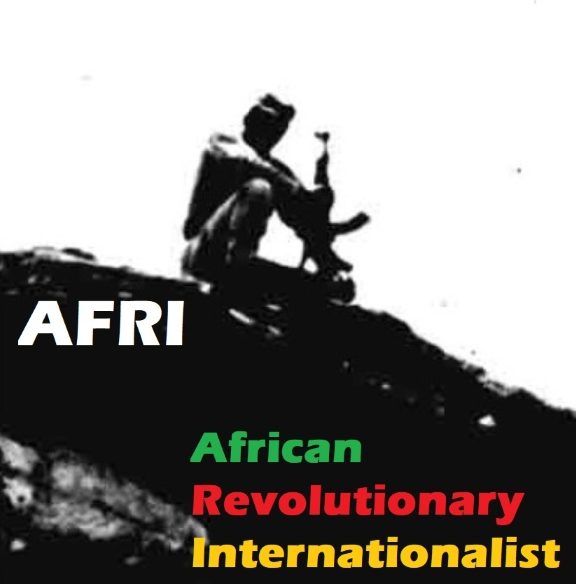
Reflecting on the Nkomati Accord and Southern Africa
On 16 March 1984, the two leaders of Mozambique and apartheid South Africa, Presidents Samora Machel and P.W. Botha, proceeded to a wooden canopy that was located on a parade ground consisting of red earth carved out of the shrub and bush on the Crocodile River bank. It is at this wooden canopy, where the eleven-page “Accord of Nkomati” was signed, signifying a non-aggression pact between the two countries. The progressive world was surprised by the fanfare and publicity that went towards the event, and more surprisingly by the clampdown on the national liberation movement in Mozambique following the signing of the Accord.
During the occasion, approximately 1 200 people were sweltering in ninety-degree heat on the banks of the Crocodile River between Mozambique and South Africa, where also Cuban, Soviet and American diplomats were present, including South African and Mozambican armed forces. A white railway coach stood on the exact spot marking the border between the two countries, out of which Mozambican President Samora Machel, clad in a Field Marshall’s uniform, emerged alongside the President of apartheid South Africa, P.W. Botha, who was wearing a pin-striped suit. It was an occasion, so it appeared, in which the leadership of both countries glittered and glowed in.
The era immediately preceding the Accord of Nkomati was one of marked hostility. Since the year before, on October 1983 a special unit of th



